Home>Garden Essentials>How To Get Weeds Out Of Fake Grass
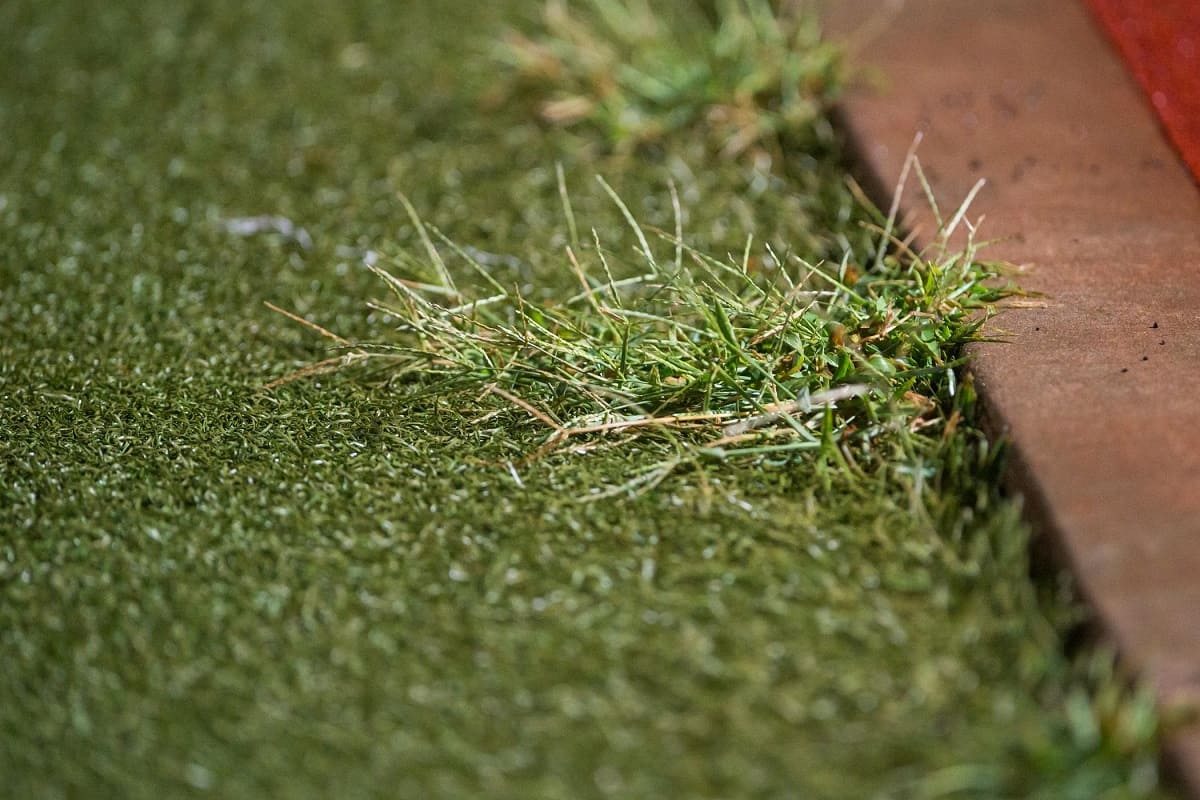

Garden Essentials
How To Get Weeds Out Of Fake Grass
Modified: March 7, 2024
Learn the best techniques to remove weeds from your garden and keep your fake grass looking pristine with these easy steps and tips for weed control.
(Many of the links in this article redirect to a specific reviewed product. Your purchase of these products through affiliate links helps to generate commission for Storables.com, at no extra cost. Learn more)
Introduction
Having a lush green fake grass lawn can be a low-maintenance and aesthetically pleasing option for any garden. However, one common challenge that homeowners face is the growth of weeds on their artificial turf. Weeds can not only mar the appearance of your synthetic lawn but also undermine its durability and longevity.
In this article, we will explore the problem of weeds on fake grass and provide you with a comprehensive guide on how to remove them effectively. We will also share tips on how to prevent weed growth in the future, ensuring that your synthetic turf remains pristine and weed-free.
Before diving into the solutions, it is important to understand why weeds can emerge on artificial grass. Unlike natural lawns, fake grass does not provide the same natural weed-suppression mechanism. Weeds can find their way through the infill material or take root along the edges of the turf. Additionally, airborne seeds or seeds brought in by pets and wildlife can land on your artificial lawn and germinate, further exacerbating the weed problem.
While the presence of weeds on fake grass may be frustrating, it is reassuring to know that with the right tools and techniques, they can be effectively eradicated. So let’s get started on learning how to tackle these unwanted intruders and restore the beauty of your artificial turf.
Key Takeaways:
- Say goodbye to weeds on your fake grass by inspecting, pulling, and spot treating them. Regular cleaning, proper drainage, and preventive measures will keep your artificial turf pristine and weed-free.
- Gather your tools and follow a step-by-step guide to remove weeds from fake grass. Prevent weed growth by maintaining regular cleaning, minimizing shade, and applying preventive measures like weed barrier fabric and natural weed inhibitors.
Read more: How To Get Weeds Out Of Zoysia Grass
Understanding the Problem with Weeds on Fake Grass
Weeds are persistent and adaptable plants that can thrive in various conditions, including on fake grass. Understanding the factors that contribute to weed growth on artificial turf is essential in developing an effective weed removal and prevention strategy.
One of the main reasons why weeds can emerge on fake grass is the presence of open gaps or seams. These gaps can occur due to improper installation, shifting of the turf, or natural wear and tear over time. Weeds can infiltrate these openings and establish roots, making it difficult to eradicate them completely.
Another factor that contributes to the growth of weeds on fake grass is the accumulation of organic debris and dust. Over time, leaves, twigs, and other organic matter can accumulate on the surface of the artificial turf, creating an environment that is conducive for weed growth. Additionally, dust particles can settle on the turf, providing a medium for weed seeds to take root.
Furthermore, if the infill material used for your fake grass is not of high quality or has started to deteriorate, it can create an inviting environment for weeds. Substandard infill materials may break down into finer particles, creating an ideal breeding ground for weed seeds to germinate.
It is also crucial to be aware of the types of weeds that are commonly found on fake grass. Common weeds such as dandelions, clovers, crabgrass, and chickweed can take root in the infill material or penetrate the turf. These weeds not only detract from the aesthetic appeal of your artificial lawn but can also compete with the grass for water, nutrients, and sunlight, potentially causing damage to your turf.
By understanding these underlying causes of weed growth on fake grass, you can implement effective strategies to address the issue. In the next sections, we will guide you through the necessary tools, step-by-step process, and preventive measures to help you remove and prevent weeds on your synthetic turf.
Preparing the Necessary Tools and Materials
Before you begin the task of removing weeds from your fake grass, it’s important to gather the necessary tools and materials. Having the right equipment will make the process more efficient and ensure that you can tackle the weeds effectively.
Here are the essential tools and materials you will need:
- Gloves: Protect your hands from any sharp debris or potential contact with irritating plants by wearing a pair of gardening gloves.
- Weed Puller: Invest in a quality weed puller or hand weeder to make the task of removing weeds easier. Look for a tool with a long handle and a sharp, claw-like end that can grip and extract the weeds from the turf.
- Brush or Broom: A stiff-bristled brush or broom is useful for sweeping away debris and loosening any stubborn weeds that may be embedded in the turf.
- Vinegar or Weed Killer: Depending on your preference, you can choose to use natural solutions like distilled white vinegar or commercially available weed killers to eliminate weeds. Make sure to follow the instructions provided on the product label.
- Dustpan and Brush: These tools are handy for collecting and disposing of pulled weeds and debris, keeping your work area clean and tidy.
- Sand or Infill Material: If you notice any gaps or seams in your fake grass, you may need to top up the infill material once the weed removal process is complete. This will help prevent weeds from reemerging.
By gathering these tools and materials ahead of time, you will be fully equipped to tackle the weed problem effectively and efficiently. Once you have everything ready, it’s time to move on to the step-by-step guide for removing weeds from fake grass.
Regularly use a leaf blower or stiff brush to remove debris and prevent weed growth. Apply a weed killer specifically designed for artificial turf to prevent weeds from taking root.
Step-by-Step Guide to Remove Weeds from Fake Grass
Now that you have the necessary tools and materials, it’s time to follow a step-by-step guide to effectively remove weeds from your fake grass. By following these instructions carefully, you can ensure that each weed is eliminated and your artificial turf remains weed-free.
- Inspect Your Lawn: Begin by carefully inspecting your fake grass lawn. Identify areas where weeds are present and take note of any gaps or seams where the weeds may have infiltrated.
- Pull the Weeds: Put on your gloves and use a weed puller or hand weeder to gently grip the base of each weed near the roots. Apply steady pressure and pull the weed out of the turf, making sure to remove as much of the root as possible. Avoid tearing the weed, as this can leave behind fragments that can regenerate.
- Loosen Embedded Weeds: Use a stiff-bristled brush or broom to loosen any stubborn weeds that may be embedded in the turf. Gently brush the affected area, agitating the weeds and making it easier to remove them.
- Collect and Dispose: As you pull out the weeds and loosen them, collect them in a dustpan or brush and dispose of them in a trash bag. This will prevent the weed fragments from spreading and regrowing.
- Spot Treat with Vinegar or Weed Killer: If there are persistent weeds or areas with a high concentration of weeds, you can spot treat them with distilled white vinegar or a suitable weed killer. Apply the solution carefully, following the instructions on the product label.
- Sweep and Clean: Once the weeds have been removed, use a brush or broom to sweep away any remaining debris from the turf. This will help create a clean and tidy surface.
- Inspect and Fill Gaps: Inspect your fake grass for any gaps or seams that may have allowed weeds to infiltrate. Fill these gaps with sand or the appropriate infill material to prevent future weed growth.
Following these steps will help you effectively remove weeds from your fake grass lawn. Remember to take your time and be thorough in the process to ensure that each weed is completely eradicated. Now, let’s move on to the next section, where we’ll discuss preventive measures to keep weeds from returning to your artificial turf.
Preventing Weeds from Growing on Fake Grass
Now that you have successfully removed the weeds from your fake grass, it’s important to take preventive measures to keep them from returning. By implementing these strategies, you can ensure that your artificial turf remains weed-free and maintains its pristine appearance.
- Maintain Regular Cleaning: Keeping your artificial turf clean is crucial in preventing weed growth. Remove any debris, leaves, or organic matter that may accumulate on the surface. Regularly sweep or brush the turf to prevent the buildup of dust and dirt, which can provide a breeding ground for weed seeds.
- Minimize Shade: Weeds thrive in shady areas, so trimming or pruning nearby trees, shrubs, or plants can help reduce shade and limit weed growth on your fake grass. Ensure that the turf receives ample sunlight throughout the day.
- Apply Weed Barrier Fabric: Installing a weed barrier fabric beneath your fake grass can be an effective preventive measure. This fabric acts as a barrier, preventing weed seeds from reaching the soil and germinating. Ensure that the barrier fabric is properly installed during the initial turf installation or as a retrofit solution.
- Regularly Inspect and Repair: Conduct routine inspections of your fake grass lawn to identify any damaged areas, gaps, or seams where weeds may have the potential to infiltrate. Promptly repair and seal any openings to prevent weed growth.
- Apply Weed Inhibitor: Natural weed inhibitors such as corn gluten meal or pre-emergent herbicides can be applied to your artificial turf as a preventive measure. These products inhibit weed seed germination and help control weed growth.
- Encourage Proper Drainage: Adequate drainage is crucial to prevent water pooling on your fake grass, as this can create a favorable environment for weed growth. Ensure that the turf has proper drainage systems in place to avoid excessive moisture retention.
- Regular Maintenance: Ongoing maintenance is key to preventing weed growth on your artificial turf. This includes brushing the turf to keep the blades upright, periodically reapplying infill materials, and conducting regular inspections for any signs of weed growth.
By proactively implementing these preventive measures, you can minimize the chances of weeds returning to your fake grass lawn. These steps, coupled with regular maintenance and swift action to address any potential issues, will help keep your synthetic turf lush, vibrant, and free from unsightly weed infestations.
With the comprehensive guide provided in this article, you are now equipped with the knowledge and tools to effectively remove and prevent weeds on your fake grass. By following these steps and adopting preventive measures, you can enjoy a beautiful and weed-free artificial lawn for years to come!
Read more: How To Get Weeds Out Of Rock Landscaping
Conclusion
Fake grass can transform your garden into a low-maintenance oasis of green, providing a beautiful and durable alternative to natural grass. However, the growth of weeds on artificial turf can be a common concern for many homeowners. Fortunately, by understanding the problem, taking the necessary steps, and implementing preventive measures, you can effectively remove and prevent weeds on your fake grass lawn.
In this article, we discussed the underlying causes of weed growth on fake grass, emphasizing the importance of inspecting the lawn, pulling weeds, and collecting and disposing of them properly. We also highlighted the significance of regularly cleaning the turf, maintaining proper drainage, and applying preventive measures like weed barrier fabric and natural weed inhibitors.
By following the step-by-step guide provided, you can confidently remove existing weeds from your artificial lawn and restore its pristine appearance. Additionally, by adopting preventive measures such as regular maintenance, inspecting and repairing any damaged areas, and encouraging proper drainage, you can minimize the chances of weeds returning.
Remember, the key to a weed-free artificial turf is consistent care and proactive measures. By staying vigilant and addressing any weed growth promptly, you can enjoy the beauty and functionality of your fake grass lawn for years to come.
So, roll up your sleeves, gather your tools, and get started on maintaining a weed-free fake grass lawn. With the knowledge and guidance provided in this article, you have the tools to overcome the challenges of weed growth on your artificial turf and create a stunning, low-maintenance garden space.
Frequently Asked Questions about How To Get Weeds Out Of Fake Grass
Was this page helpful?
At Storables.com, we guarantee accurate and reliable information. Our content, validated by Expert Board Contributors, is crafted following stringent Editorial Policies. We're committed to providing you with well-researched, expert-backed insights for all your informational needs.
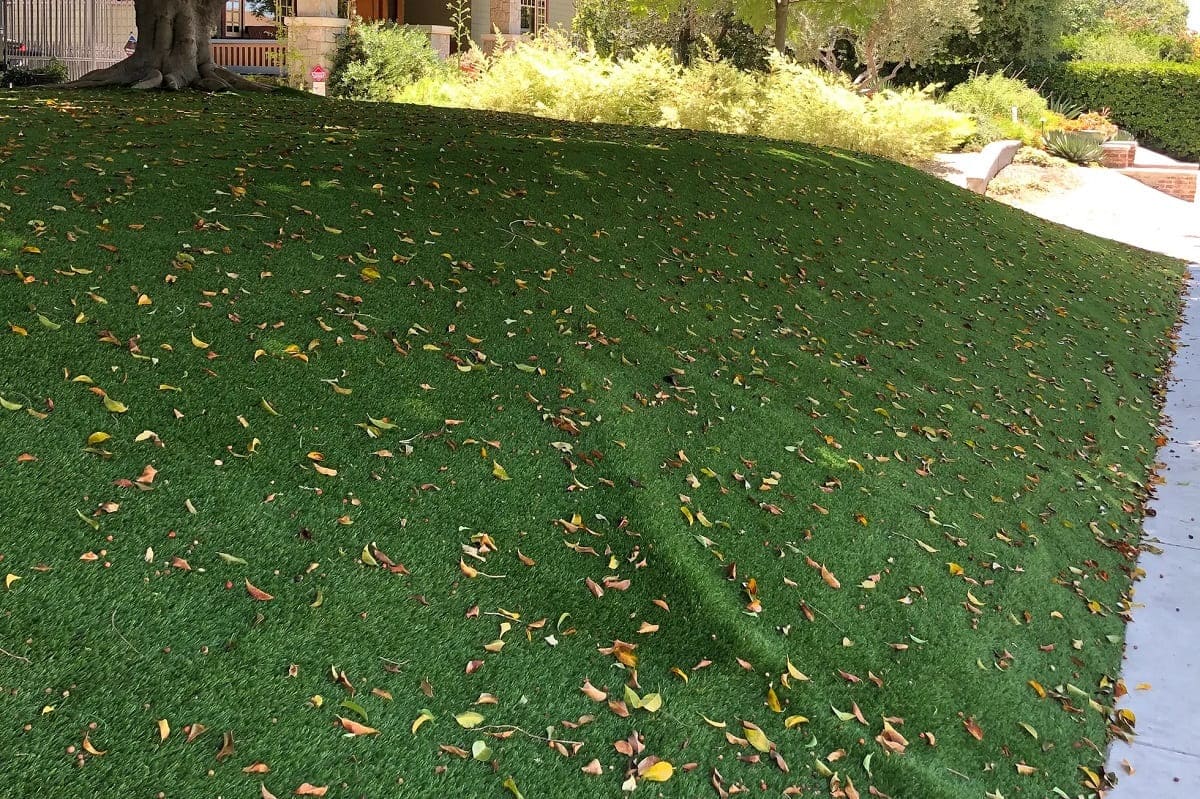
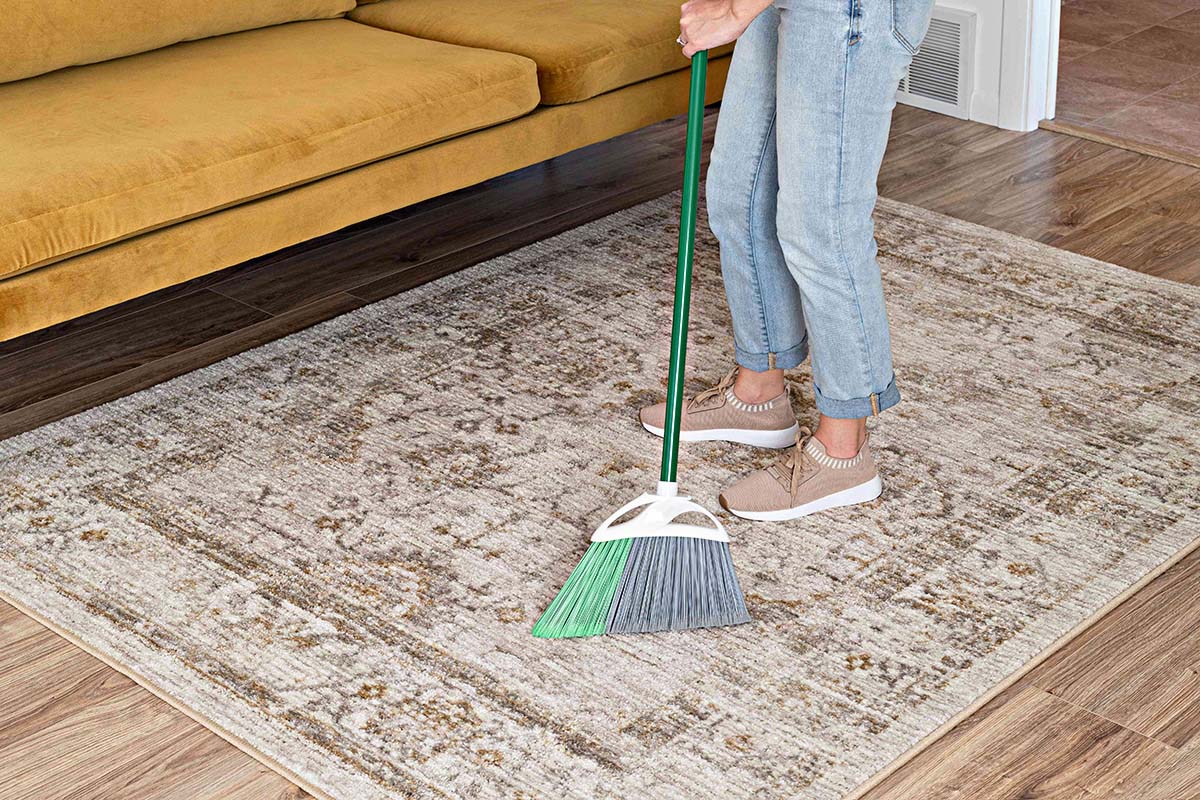
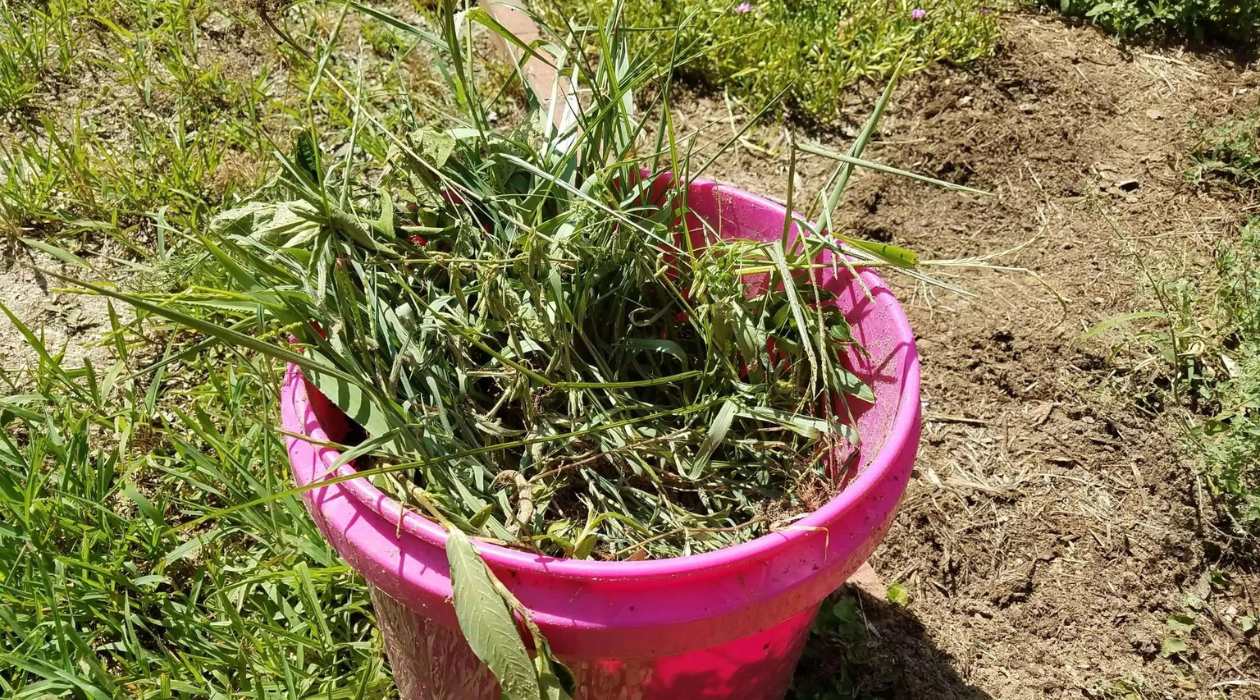
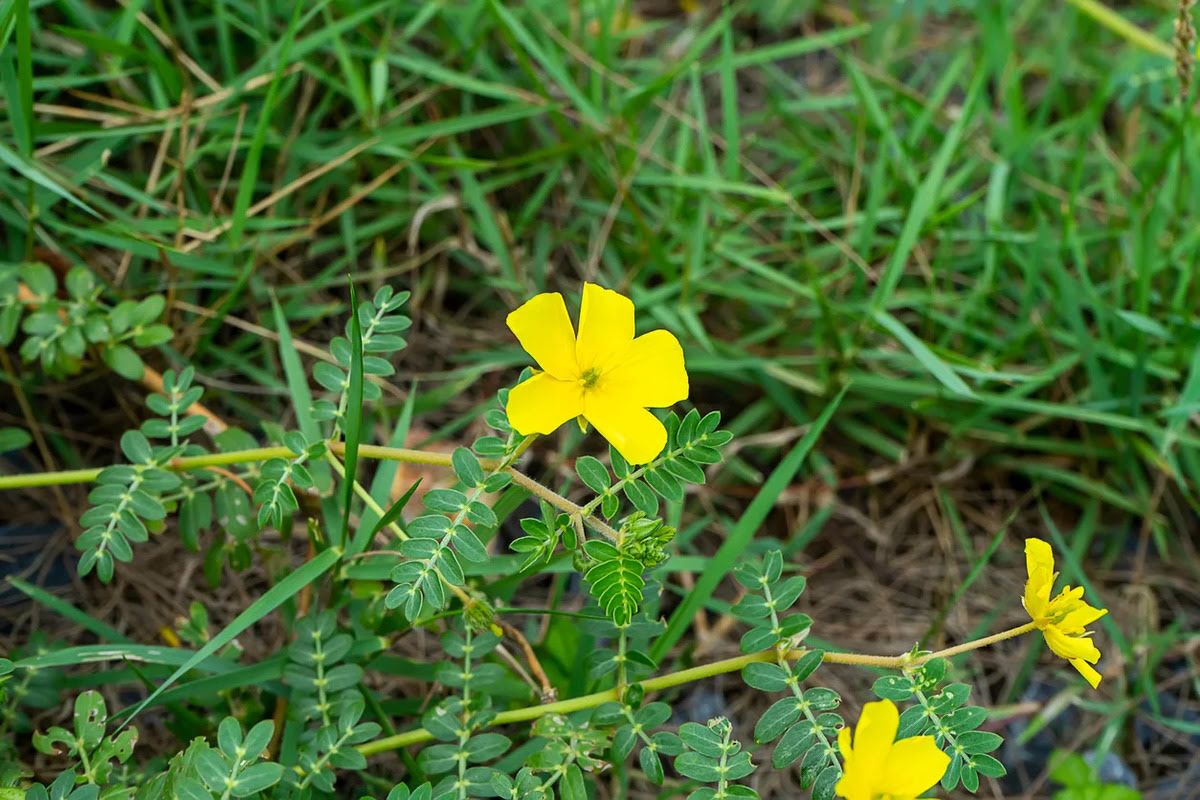
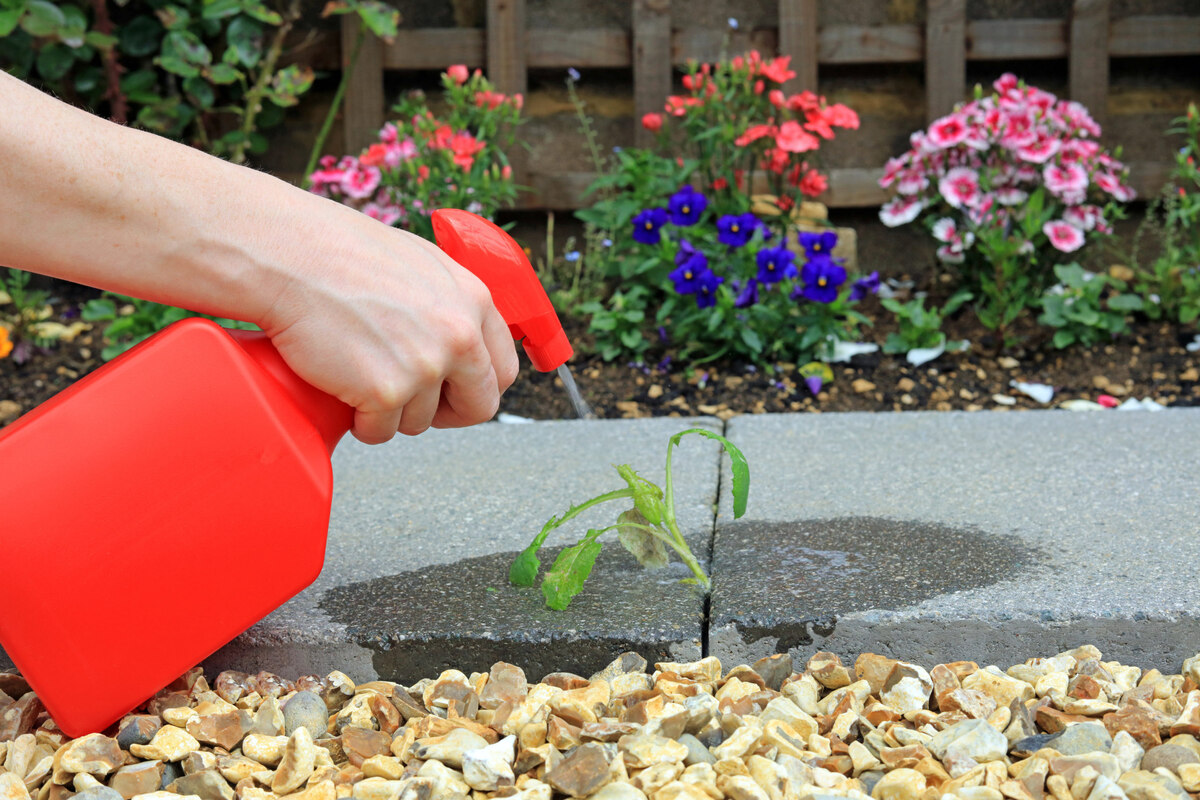
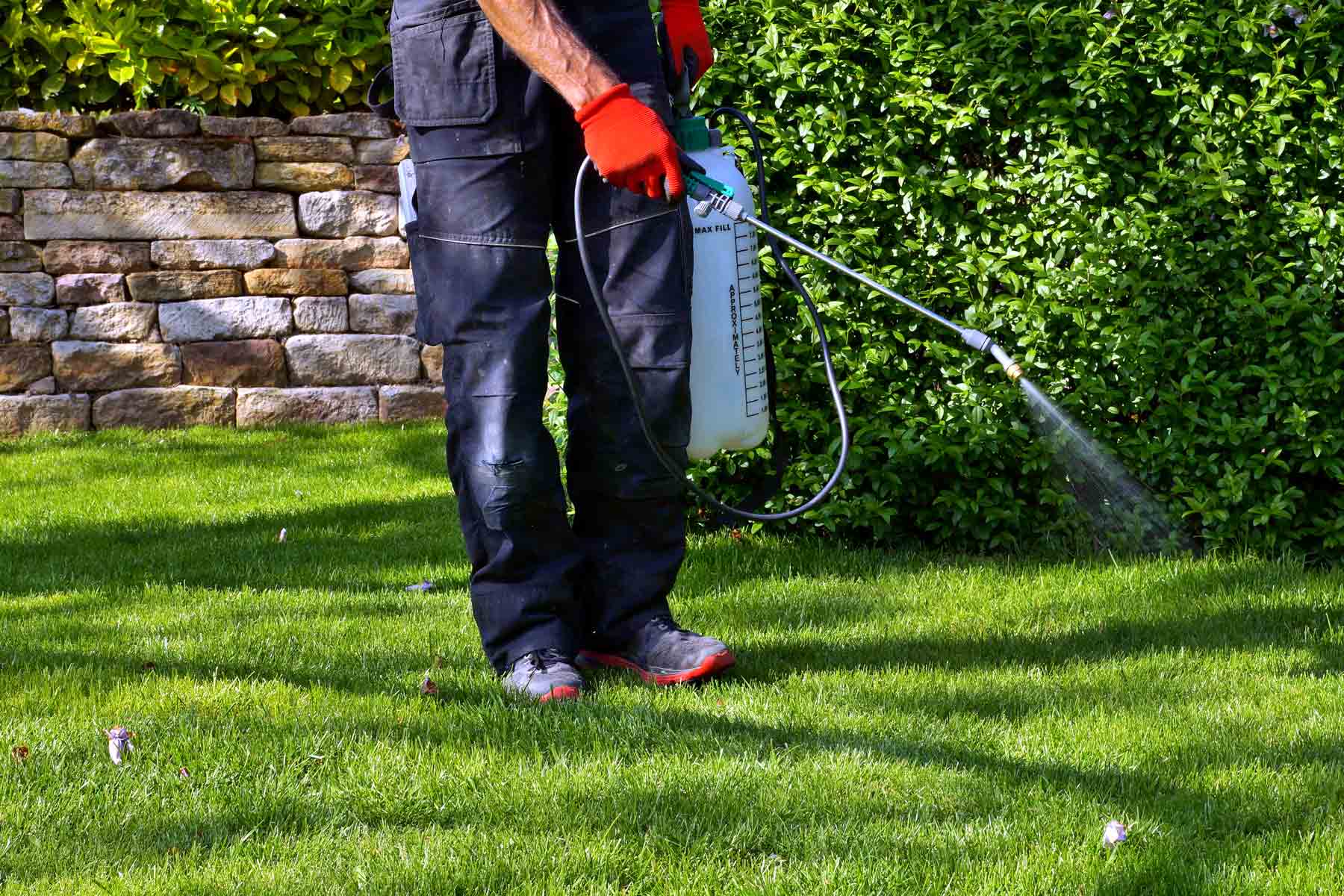
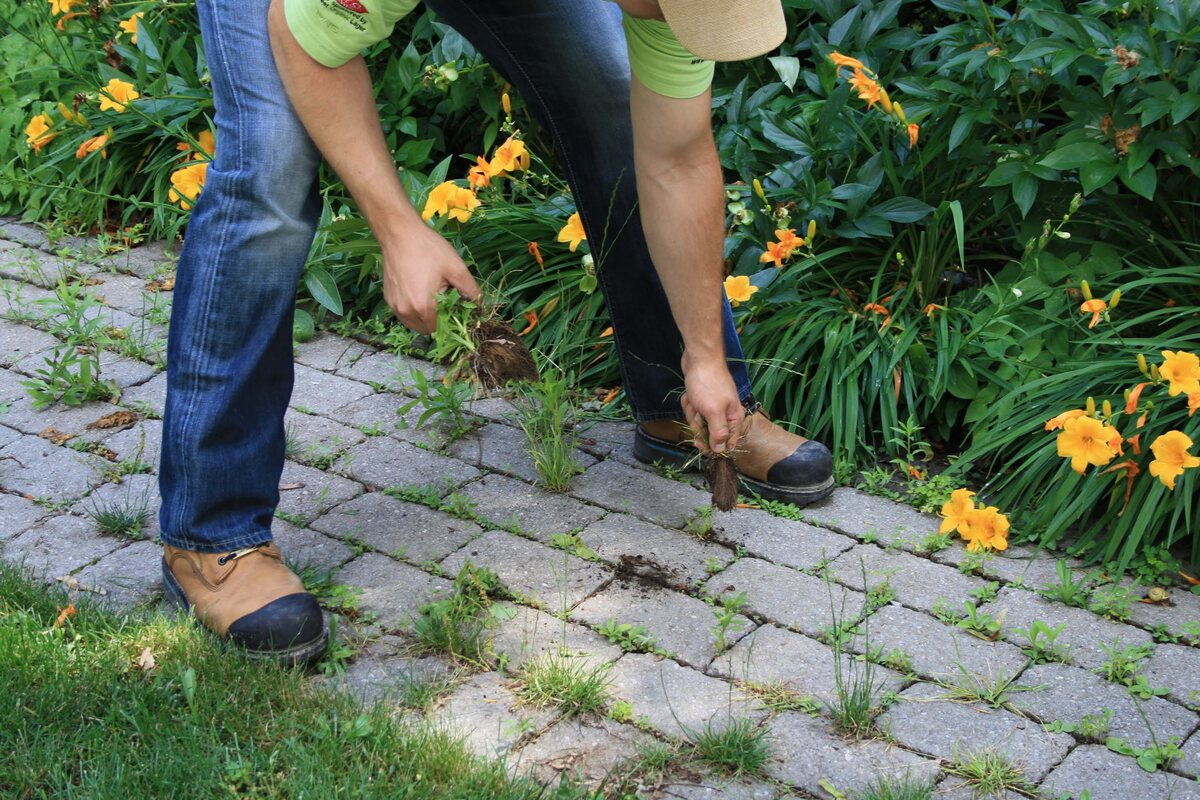
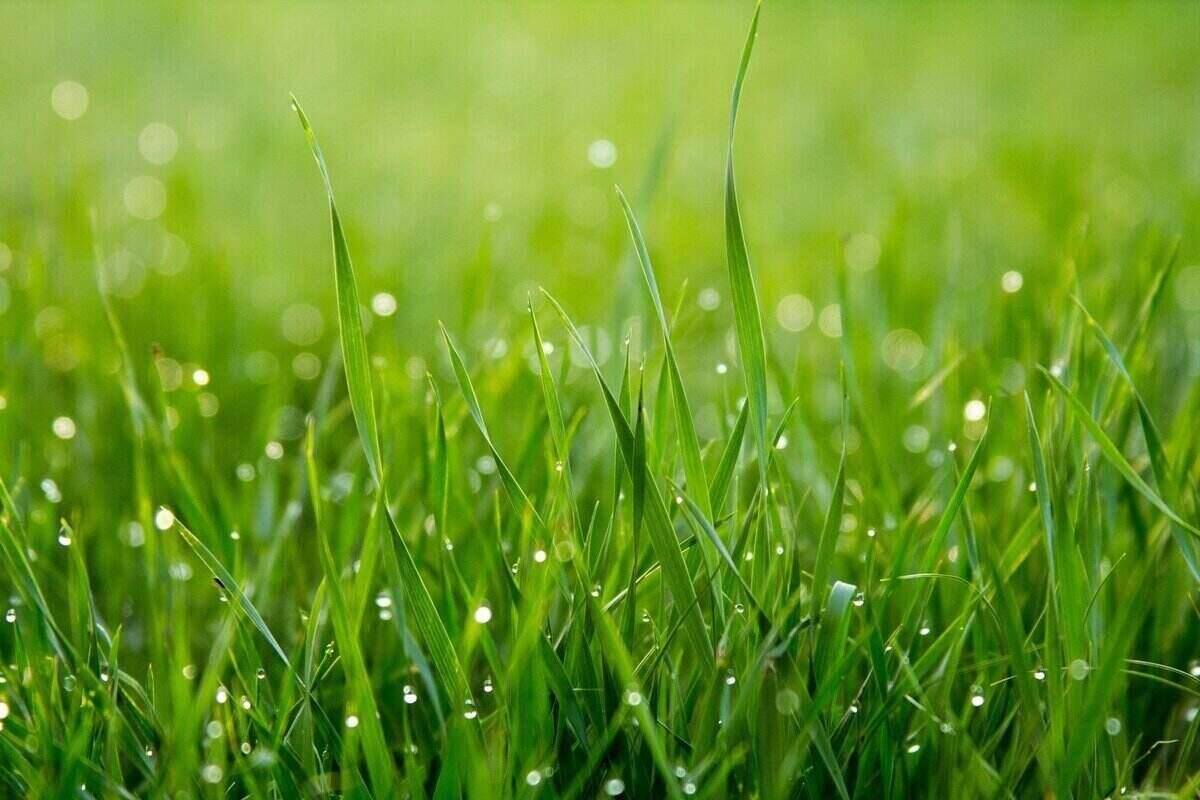

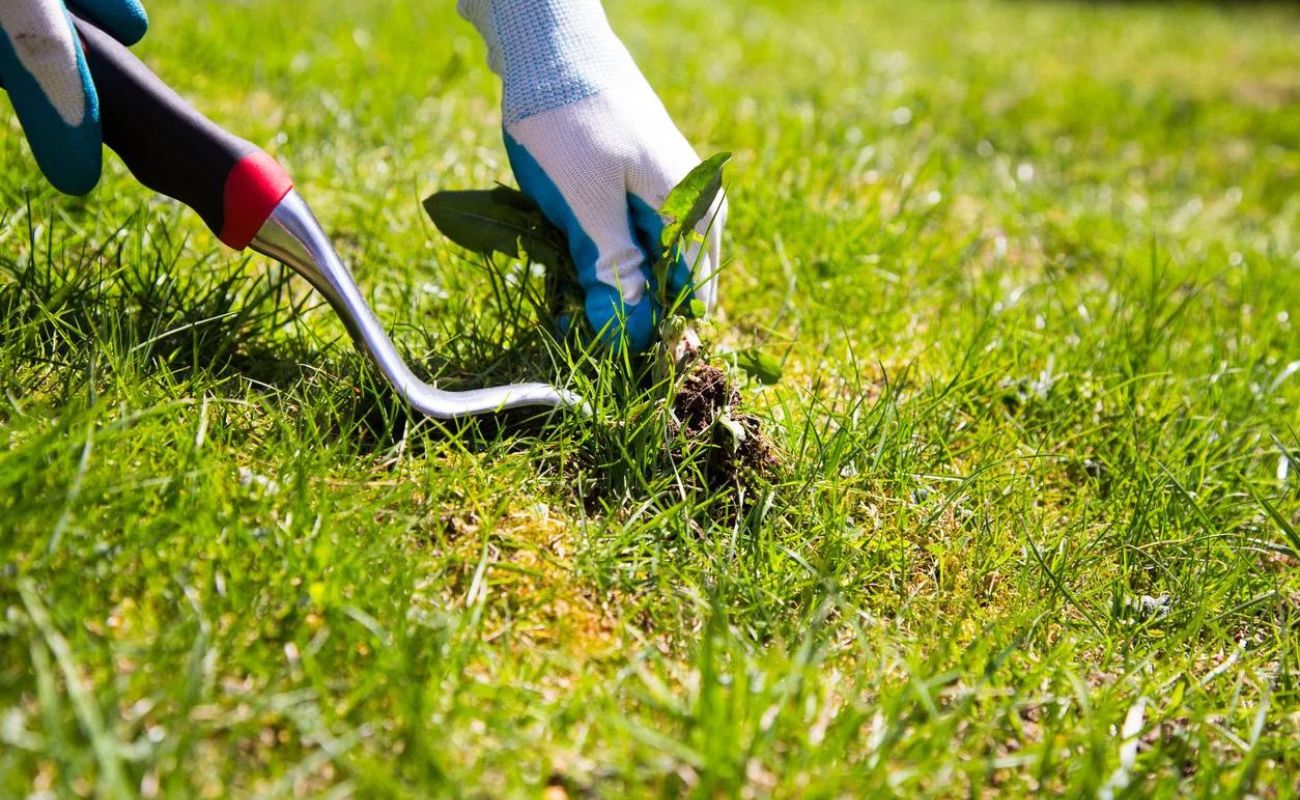

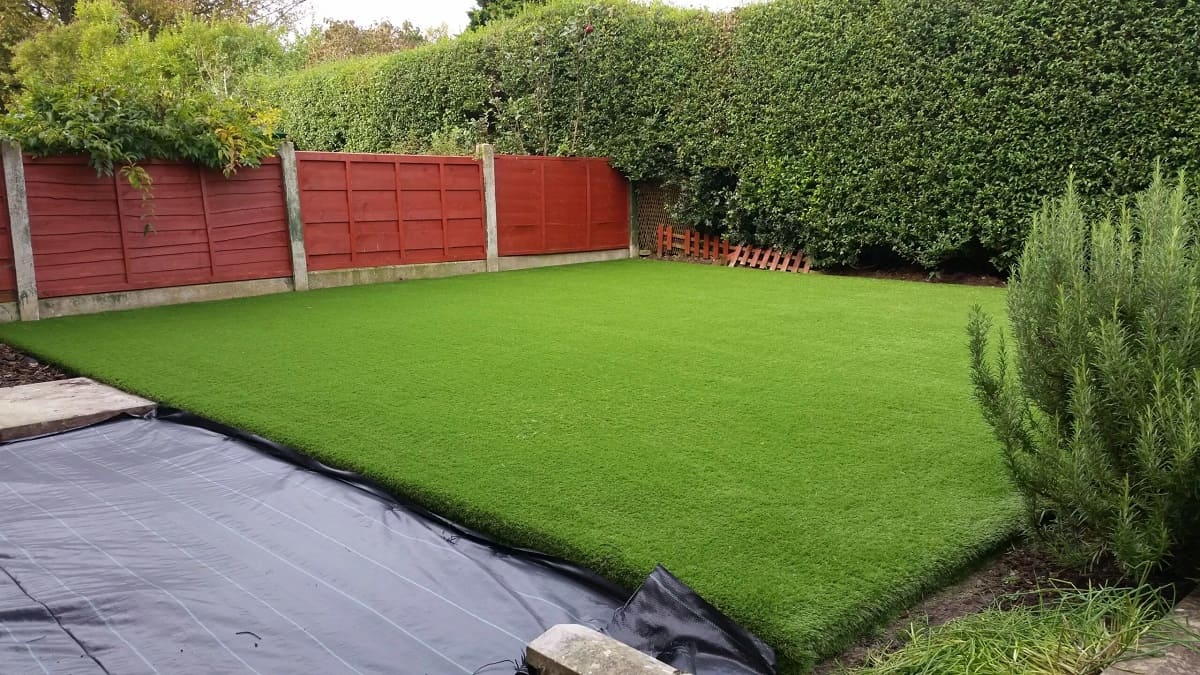
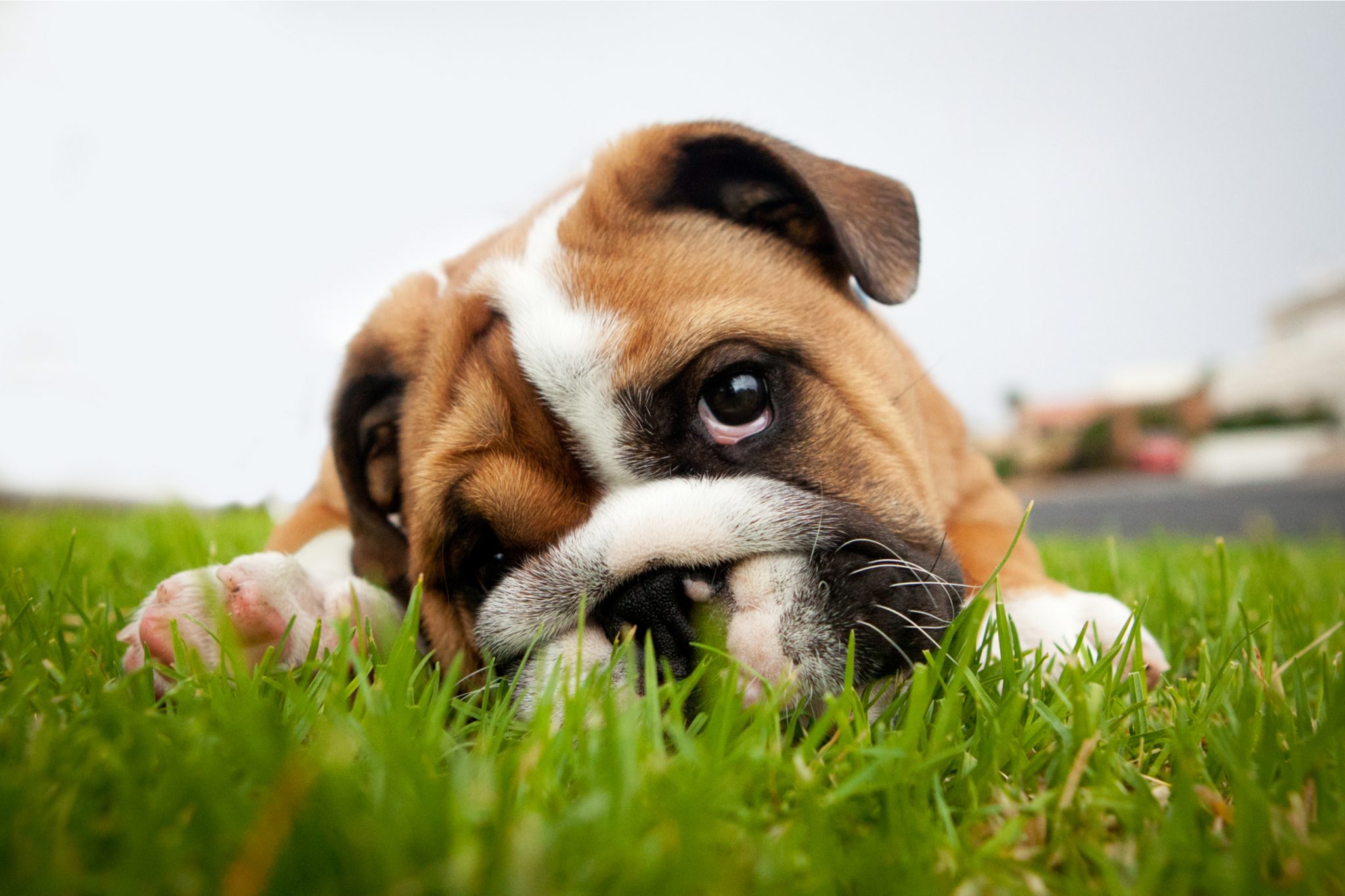
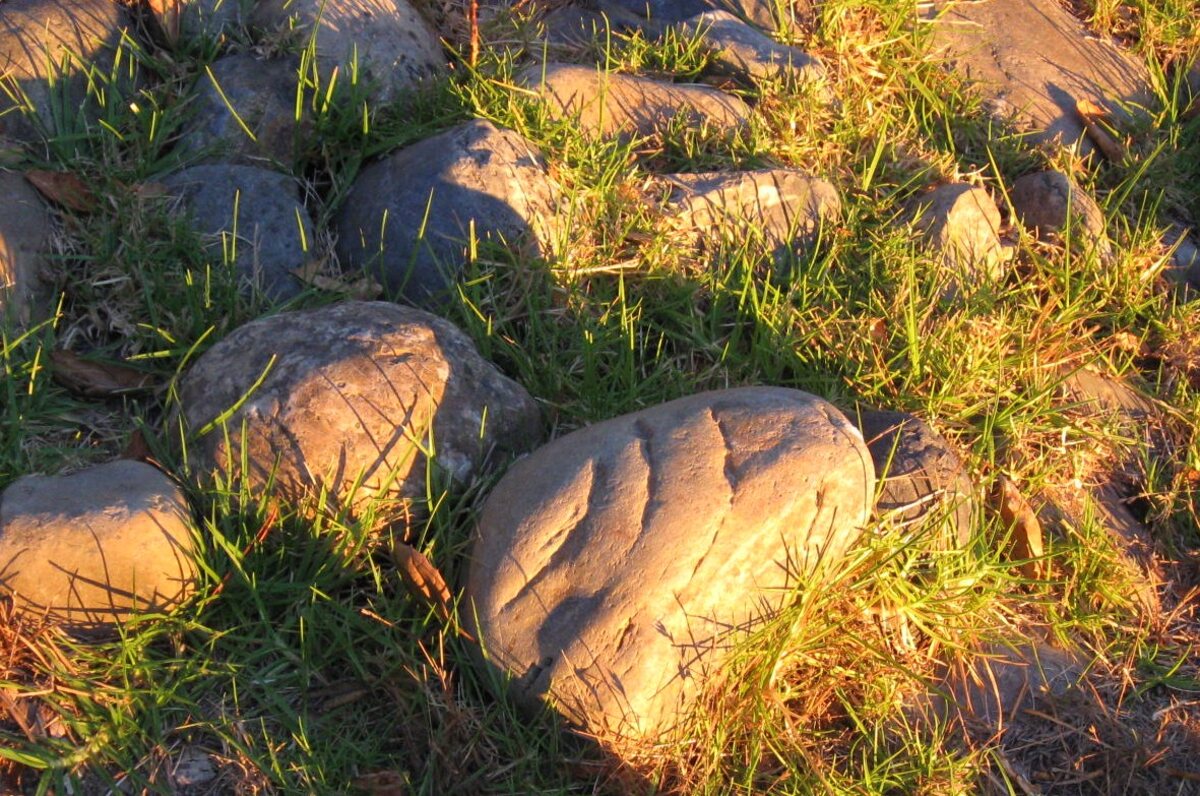

0 thoughts on “How To Get Weeds Out Of Fake Grass”